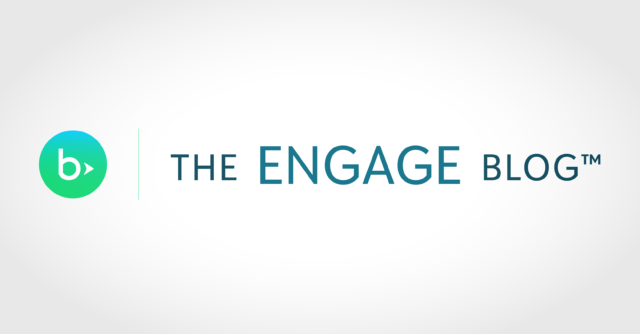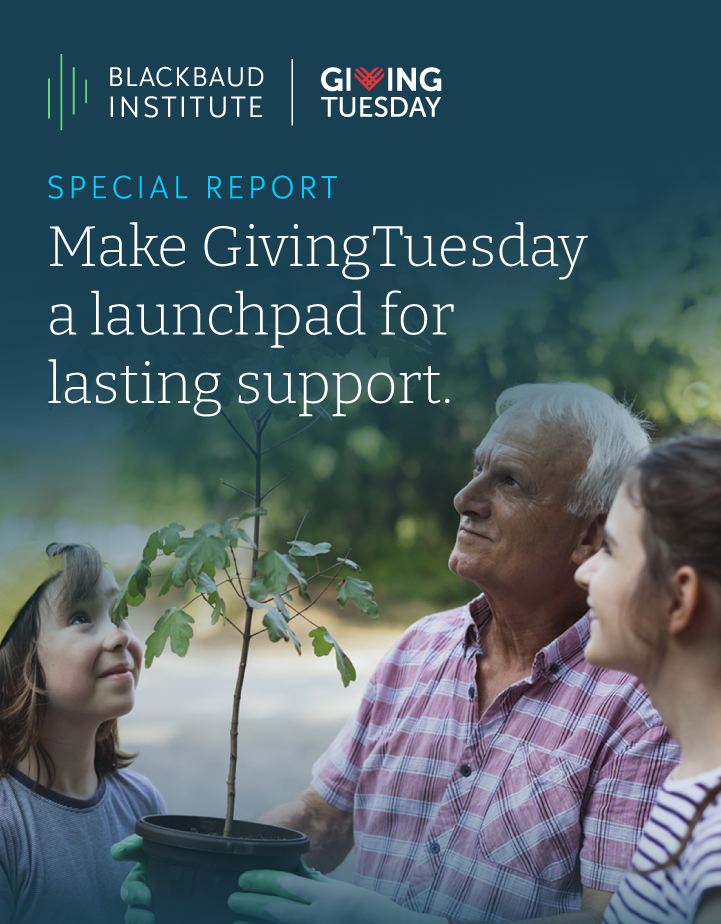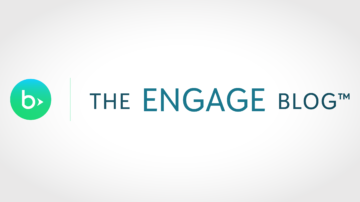Annual Giving Basics: A Fundamental Guide for Yearly Donations

Annual giving is the collection of donations throughout the year to support an organization’s day-to-day operations and programs. While the gifts are smaller in size relative to major giving, many more donors contribute annual gifts compared to major donors or planned givers.
Major donations and planned gifts often get the limelight, but without annual gifts, the day-to-day functions of your nonprofit could come to a halt. These unrestricted gifts are necessary to pay fundraisers’ salaries, overhead, bills, and the supplies for your tried-and-true programs.
The Goal of an Annual Giving Campaign: Secure the Foundation
The primary goal of an annual giving campaign is to raise unrestricted funds to support your nonprofit’s ongoing operational costs and core programs throughout the year. What this looks like depends on your organization’s type and the programs it funds. The examples below show how annual giving funds enable different nonprofit sectors to serve their missions.
Educational Institutions
For educational institutions, annual giving campaigns enhancethe student experience, support faculty, and maintain a competitive academic environment.
Blackbaud Institute x GivingTuesday
Special Edition Report: Make GivingTuesday a launchpad for lasting support.

- Student scholarships and financial aid: Even with restricted scholarship funds, there’s often a significant gap between the total cost of financial aid needed and the amount covered by specific, endowed, or government funds. This is where annual giving comes in.
- Faculty support and development: Provides funding for professorships, research grants, professional development, and attracting top-tier educators.
- Academic programs and resources: Supports specific departments, libraries, technology upgrades, and innovative learning initiatives.
Healthcare Organizations
Annual giving in healthcare focuses on advancing patient care, supporting medical innovation, and promoting community health, as well as maintaining programs and staff if a funding gap is created by restriction or elimination of grants.
- Patient care and support services: Provides funding for specialized equipment, patient comfort items, social services, and uncompensated care.
- Technology and equipment upgrades: Ensures access to the latest medical technology for diagnosis and treatment.
- Community health programs: Supports wellness initiatives, preventative care, health education, and outreach to underserved communities.
- Staff training and development: Provides for the ongoing education and professional growth of nurses, doctors, and other medical personnel.
Social Service and Human Services Organizations
The primary goal for social service organizations is to meet immediate community needs, provide essential support, and empower vulnerable populations.
- Direct service delivery: Funds the core programs that provide food, shelter, counseling, job training, or crisis intervention.
- Case management and advocacy: Supports staff who work directly with individuals and families to navigate challenges and access resources.
- Program expansion: Allows the organization to serve more people or develop new programs to address evolving community needs.
How Is Annual Giving Different from Other Fundraising Types?
Let’s take a look at annual giving compared to other fundraising types like major gifts or planned gifts.
Lower average gift size: Individual annual gifts are usually modest in comparison to major or planned gifts. The power of annual giving comes from the sheer volume of gifts and the consistent support it provides.
Recurring nature: Major giving is infrequent and sometimes unpredictable; annual giving is cyclical. Campaigns for annual giving aim to solicit and receive gifts on a regular basis, at least once a year. Many organizations also encourage recurring donations, a subset of annual giving that provides more regular donations on a monthly or quarterly basis.
Broad and diverse donor base: Annual giving engages the largest number of donors, from entry-level givers making small contributions to midlevel donors. Annual giving often serves as the entry point for new donors, fostering initial engagement and loyalty to an organization.
Unrestricted funds: A defining characteristic is that annual gifts are typically unrestricted. This means the organization has the flexibility to use the funds where they are most needed to fulfill its mission, cover operational costs (salaries, rent, utilities), and respond to emerging opportunities or crises. This flexibility is invaluable, contrasting with many grants or major gifts that are highly restricted and can only be used toward specific projects.
Who Is Responsible for Overseeing Annual Giving Programs?
The exact structure of annual giving roles can vary based on the organization’s size and resources, but the core functions remain. Here are the main roles that oversee annual giving programs:
Director of Annual Giving / Annual Fund Manager
This is the primary operational lead for the annual giving program:
- Responsible for developing, implementing, and managing the annual giving strategy across all channels (direct mail, email, phone, digital, social media)
- Manages the annual giving budget, sets specific fundraising targets, and monitors performance metrics
Chief Development Officer (CDO) / Vice President of Development
This senior leadership role has overall strategic responsibility for all fundraising efforts, including annual giving:
- Sets high-level goals, ensures alignment with the organization’s mission, and oversees the performance of the annual giving team
- Manages major donor relationships that may start through annual giving
Best Annual Giving Campaign Tactics and Examples
Annual giving typically leverages cost-effective fundraising measures. Because organizations are trying to reach large audiences, channels like email, SMS, social media, and direct mail are more commonly used than one-on-one phone calls or in-person meetings.
- Campaign events: While annual giving campaigns are yearlong efforts, you can build excitement throughout the year with milestone events. Kick off your annual campaign with a theme and an event at the beginning of the year, plan peer-to-peer fundraising events throughout, and culminate with an event during the holiday season. This keeps your organization top-of-mind throughout the year rather than waiting till the fall to reach your goals.
- Segmentation: Just because you’re speaking to a larger audience, doesn’t mean you shouldn’t personalize your communications. By using segmentation, you can target your appeals to similar groups of people, creating a tailored experience without having to email or call supporters individually. For example, less than 8% of Gen Z has donated via phone, mail, or email. This generation donates via digital channels like social media (23%). By grouping your communications by generation, you can tailor your messaging and channels accordingly.
- Lean on AI: Leverage AI-powered predictive analytics to help you identify the right donors and generative AI to help you draft and personalize donor communications. While you always want to review what AI writes, it’s a helpful starting point and can spark creative ways to approach donor messaging.
- Promote matching gifts: Approach a few major donors and ask them to match gifts up to a certain amount or for a specific period of time. As you reach the end of the year, this can be an excellent way to generate additional donations by promoting the match across channels.
Real-World Examples of Successful Annual Giving Programs
Learn from these real-world examples how you can leverage data to refine your annual campaign and identify the right donors.
UGA Uses Predictive Analytics to Drive Annual Giving
The University of Georgia (UGA) uses extensive segmentation across email, phone, mail, social media, and other digital platforms to support annual giving for its 13+ schools, colleges, and units. By combining its robust segmentation with Blackbaud’s predictive analytics, the university has been able to improve its fundraising and engagement strategies.
In particular, the direct mail likelihood score, which evaluates a constituent’s likelihood to give via direct mail, has helped UGA identify the right donors with the right channel.
“We have quadrupled our response rate and increased the number of Presidents Club donors via direct mail by 910% year-over-year. This revenue is crucial for meeting our overall fundraising goals, so achieving outcomes like this is amazing,” said Heather Duiser, Executive Director of Annual Giving and Communications, University of Georgia
LA Food Bank Discovers 3,000 Major Prospects in its Annual Fund and CRM
The Los Angeles Regional Food Bank used Blackbaud’s solutions for fundraising and online marketing to increase annual giving revenue by 358% in 2020, allowing the food bank to support 900,000 people each month.
While those numbers alone are incredible, the food bank team wanted to identify potential major donors within their data set.
By leveraging Blackbaud’s wealth screening tool, predictive modeling, and data insights, they identified 3,000 major gift prospects. Armed with this newfound data, the team added two more development positions to steward major donors. This led to a 450% increase in major gifts, setting up the organization for long-term success.
“This influx of money has changed the Los Angeles Regional Food Bank, not just for this moment, but for the future,” said Roger Castle, Chief Development Officer, Los Angeles Regional Food Bank
What a “Good” Annual Gift Looks Like: Key Stats to Guide You
Every organization should have its own definition of a “good” or high-quality annual gift. Review your annual gift data to identify a threshold for annual givers. You need to ask questions only data can answer:
- What annual gift amount makes donors most likely to give again?
- What annual gift amount leads to the highest number of monthly recurring donors?
You can use this information to update the suggested donation amounts on your donation forms and focus more energy on nurturing the group of donors giving at or above this threshold.
Annual Giving Key Stats
In addition to your organization’s proprietary data, here are a couple of helpful industry benchmarks and trends to keep in mind.
- Total donor count is decreasing: The number of donors who gave in 2023 decreased by 5.3% compared to the previous year.
- Revenue per donor is increasing: The average donor gave $865 in 2023 compared to $673 in 2019.
- Median annual gift size: Data from Blackbaud’s Fundraiser Performance Management community shows that the median annual gift amount is $100.
- Retention rates: In the first quarter of 2024, the Fundraising Effectiveness Survey found retention increases as gift size increases; 23% of small donors ($101-$500) are retained compared to only 10% of micro-donors ($1-$100).
This data demonstrates that organizations should be focusing on quality over quantity. Even in an annual campaign that accepts all levels of donations, by nurturing the donors who give at $100 or more, you can set your organization up for higher levels of retention.
Access more insights to guide your fundraising: Blackbaud’s 2024 Trends in Giving.
Annual Giving FAQs
Q. What’s the difference between an annual gift and a recurring gift?
A. A recurring gift is actually a type of annual gift where a donor commits to making smaller, consistent donations on a set schedule (such as monthly or quarterly).
Q. What is the most effective way to communicate the impact of unrestricted annual fund gifts to donors?
A. Communicating the impact of unrestricted gifts involves shifting the narrative from a specific project to support for all projects and long-term stability. Instead of showing what one dollar does, show what unrestricted dollars collectively make possible. Try using language like:
- “Your annual gift provides the foundation for all our life-changing programs.”
- “Unrestricted support allows us to respond immediately to urgent needs in our communities.”
Q. How can annual giving data be used to grow other fundraising efforts?
A. Annual donors are usually the largest subset of donor data—use this to your advantage! By screening annual givers and understanding their wealth capacity, affinity to your cause, and giving history, you can determine whether they’re a good candidate for midlevel giving or major giving. Blackbaud’s analytics and data intelligence solutions can provide detailed insights into your donor base.
Q. How can we leverage technology and data to personalize annual giving appeals?
A. Focus on smart segmentation and automation, and personalize where it counts. For small nonprofit teams, automating communications like welcome emails, event registrations, and gift acknowledgments will help save time while engaging with donors. Personalize these communications by segmenting by donor type, program, or location. Then, follow up with your personal touch, such as one-on-one emails, phone calls, or thank-you cards.
Annual Giving Resources from Blackbaud
Looking for more annual giving inspiration? Check out the following resources to support your annual giving program:
- Your Ultimate End-of-Year Fundraising Toolkit: Packed with strategies, templates, checklists, and insights to make this your most successful year yet.
- Creating a Data-Driven Annual Giving Program: Discover how to build a data-driven annual giving program in this free downloadable white paper.
- Introduction to Annual Giving in Blackbaud Raiser’s Edge NXT®️: Watch this webinar to learn how to maximize your annual giving potential.
